Sublimation vs Infusible Ink
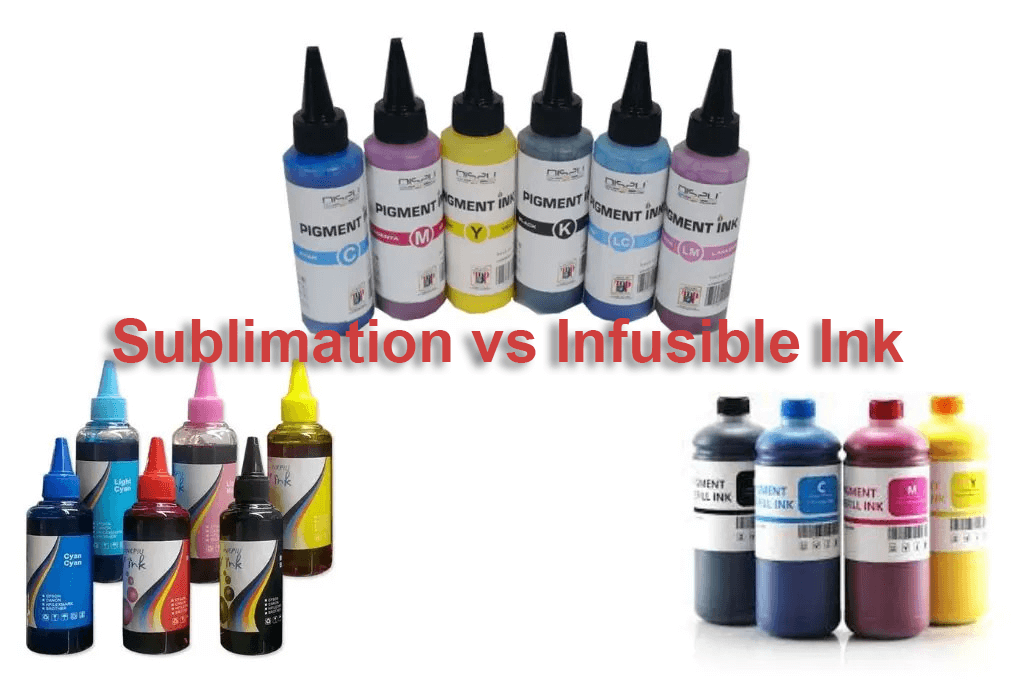
In the realm of printing techniques, two popular contenders have emerged: sublimation and infusible ink. These innovative methods have revolutionized the world of customization, allowing individuals to unleash their artistic flair. So, let’s jump into the fascinating world of sublimation vs infusible ink, exploring their similarities and differences to help you make an informed choice for your next creative endeavor.
When it comes to transforming ordinary objects into extraordinary works of art, both sublimation and infusible ink offer impressive results. These techniques employ heat and pressure to transfer stunning designs onto various surfaces, from garments and accessories to ceramics and metal. However, beneath their seemingly similar approach, sublimation and infusible ink showcase distinct characteristics that make them unique in their own right.
So, whether you’re a seasoned artist searching for the perfect printing method or a newcomer eager to explore the world of customization, join us on this thrilling journey as we delve into the nuances of sublimation vs infusible ink, unraveling the magic that makes them stand out in the world of personalization.
Buying Guide: Best Sublimation Printer 2023, Best Sublimation Printer for Starters, Transfer paper & regular printer
Table of Contents
Comparison Table
| Sublimation | Infusible Ink | |
| Definition | A printing process that uses heat to transfer dye onto a medium, such as a ceramic, plastic, or fabric. | A transfer process that uses specially formulated ink that fuses with the fibers of a material during heat press. |
| Equipment Required | Sublimation printers, heat press, sublimation paper, sublimation inks, sublimation blanks | Infusible ink printer, heat press, infusible ink cartridges, infusible ink transfer sheets, cutting machine (such as a Cricut) |
| Materials Suitable | Polyester, polymer-coated items, ceramic, metal | Cotton, canvas, burlap, some polyester blends |
| Image Quality | High | High |
| Durability | High | High |
| Cost | Moderate to high (depends on equipment and ink costs) | Low to moderate (depends on equipment and ink costs) |
| Learning Curve | Steep | Moderate |
| Complexity of Transfer Process | High | Low |
Is Infusible Ink the Same as Sublimation?
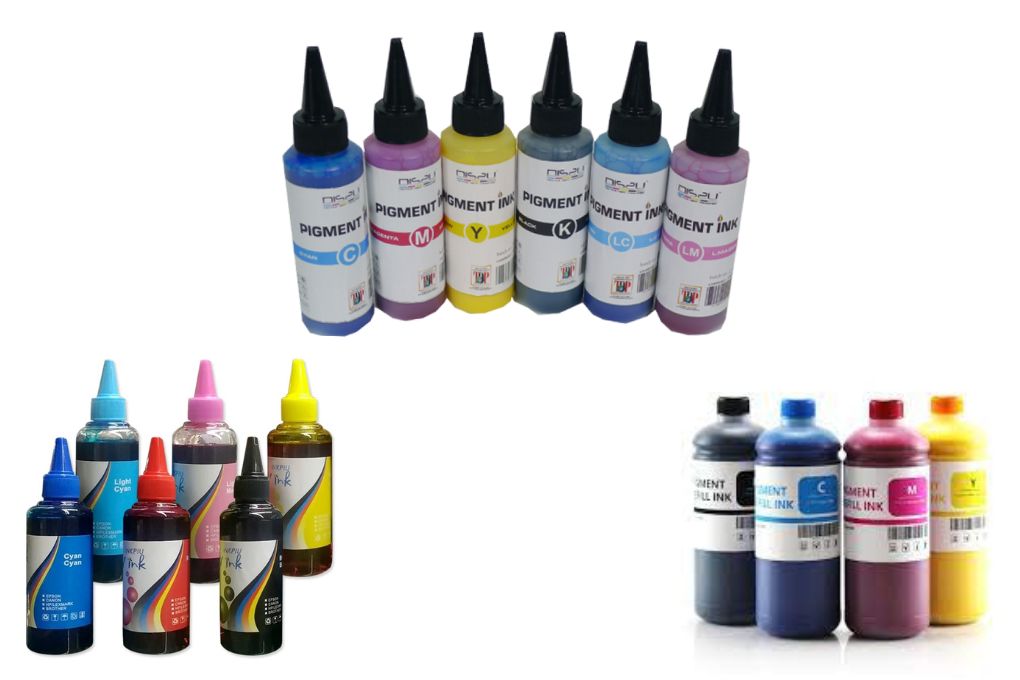
No, infusible ink and sublimation are not the same thing. Although both methods involve the use of heat and pressure to transfer designs onto various surfaces, the actual process and materials used are different.
Sublimation printing involves the use of a sublimation printer and sublimation ink to produce designs on special sublimation paper. The designs are then transferred onto the final product using a heat press. Sublimation is typically used on polyester, polymer-coated items, ceramic, and metal.
The final result is a design that is infused into the fibers of the material, resulting in a long-lasting and high-quality transfer.
Infusible ink, on the other hand, uses specially formulated ink cartridges that are inserted into an infusible ink printer. The designs are then cut using a cutting machine, such as a Cricut, and applied to the final product using a heat press.
Infusible ink is suitable for use on cotton, canvas, burlap, and some polyester blends. The final result is a transfer that fuses with the fibers of the material, resulting in a high-quality and durable transfer.
Recommended: Best Paper for Epson 2720, sublimation over sublimation, How to make sublimation mug wrap
Cricut Infusible Ink vs Sublimation
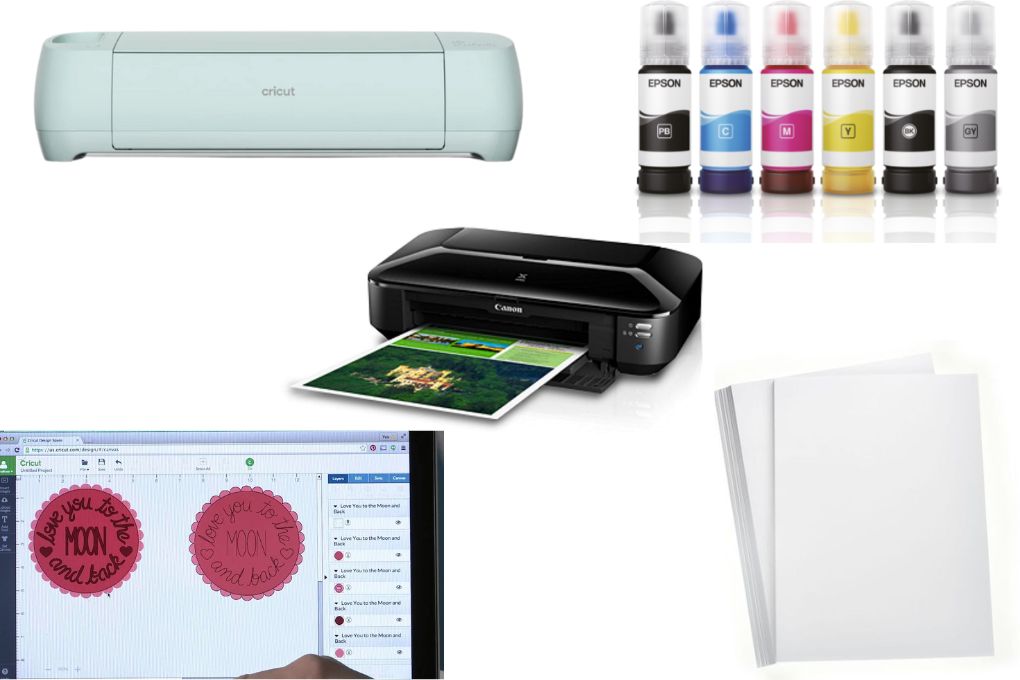
Cricut is a popular brand of cutting machines that can be used for both sublimation and infusible ink transfers. However, it is important to note that not all Cricut machines are capable of handling both methods.
It is essential to check the specifications of your Cricut machine before attempting to use it for sublimation or infusible ink For infusible ink transfers, a Cricut machine can be used to cut out designs from the specially formulated ink cartridges.
The designs are then applied to the final product using a heat press. This process is relatively straightforward and easy to master, making it a great option for those who are new to crafting or customizing products.
For sublimation transfers, a Cricut machine can be used to cut out designs from sublimation paper. The designs are then printed onto the sublimation paper using a sublimation printer and sublimation ink.
The final product is then placed on the heat press and the transfer is made using heat and pressure.
This process is a bit more complex and requires more specialized equipment, so it may be more suitable for experienced users.
Read More: Best Sublimating Printers for Mugs, Heat Transfer Printers, Sublimation not transferring, sublimation coating making
What is the Difference Between Infusible Ink and Sublimation?
There are several key differences between infusible ink and sublimation, including the materials used, the equipment required, the image quality, and the cost.
- Materials: Infusible ink is suitable for use on cotton, canvas, burlap, and some polyester blends, while sublimation printing method is typically used on polyester, polymer-coated items, ceramic, and metal.
- Equipment: Infusible ink requires an infusible ink printer, heat press, infusible ink cartridges, and cutting machine, while sublimation requires a sublimation printer, heat press, sublimation paper, and sublimation ink.
- Image Quality: Both infusible ink and sublimation produce high-quality transfers that are long-lasting and durable.
- Cost: The cost of infusible ink transfers is generally lower to moderate, while the cost of sublimation transfers is moderate to high. This can vary depending on the cost of the equipment and ink used.
- Learning Curve: The learning curve for infusible ink transfers is moderate, while the learning curve for sublimation transfers is steep.
- Complexity of Transfer Process: The transfer process for infusible ink is relatively straightforward and easy to master, while the transfer process for sublimation is more complex and requires more specialized equipment.
Printable Infusible Ink
In addition to regular infusible ink cartridges, there are also printable cricut infusible ink sheets available. These sheets can be printed on using an infusible ink printer and then cut out using a cutting machine, such as a Cricut.
This allows for even greater flexibility and creativity when it comes to customizing products with infusible ink.
Which is Better: Sublimation or Infusible Ink?
Deciding which is better between sublimation and infusible ink ultimately depends on your specific needs and preferences. Both techniques have their own advantages and considerations to keep in mind.
Sublimation offers a wide color gamut, allowing for vibrant and detailed designs with excellent color reproduction. It works best on polyester fabrics and specially coated substrates, such as ceramic mugs or metal plates. Sublimation ink actually becomes a part of the material through a chemical process, resulting in long-lasting and durable prints that won’t crack or fade easily. Additionally, sublimation allows for all-over printing, covering the entire surface of the substrate with your design.
On the other hand, infusible ink is designed specifically for use with compatible materials, such as canvas, cotton, burlap and Cricut blanks. It uses specially formulated ink that infuses into the fibers of the fabric or substrate, creating a permanent bond. Infusible ink provides vibrant and sharp prints with excellent wash durability, ensuring your designs stay intact even after multiple washes. It also allows for precise placement and intricate detailing, making it suitable for small-scale designs or personalized projects.
Ultimately, the choice between sublimation and infusible ink depends on factors like the materials you plan to work with, the level of detail you require, and the durability you desire. It’s best to consider your specific needs and experiment with both techniques to determine which one suits your sublimation projects and creative vision better.
Recommended: Sublimation photo gifts
Sublimation vs Infusible Ink – Conclusion
In conclusion, both sublimation and infusible ink are great options for customizing products, and the best choice for you will depend on your specific needs and the type of products you plan to customize.
Regardless of which method you choose, both are sure to result in high-quality, long-lasting transfers that can take your projects to the next level.
Whether you are a seasoned crafter or just starting out, sublimation and infusible ink offer a range of creative possibilities that allow you to bring your unique vision to life.
Each one of the options mentioned in this article has its own set of benefits and drawbacks. When deciding between the two, consider the type of products you plan to customize, your budget, and your level of experience.
With a bit of research and practice, you’ll be able to find the perfect transfer method for your projects and create stunning, one-of-a-kind pieces that truly reflect your style and personality.
Recommended: Best Printers for T Shirts, sublimation ink vs heat transfer paper, sublimation mugs microwave safe

I’m Derrick Flora and I am the owner of Printangles.com. I am the father of 2 angles and 1 boy and I am 37 years old. I had done Bachelor in Fashion and Textile Studies from FIT State University of New York. It’s been 7 years since when started the sublimation business. I sublimated mugs, t-shirts, canvas, and many more. And we have analyzed some things that beginners don’t apply the actual strategies to complete the project. And those strategies are making your sublimation better onto the material. What do beginners do, they just buy the sublimation printer and the heat press without knowing about them.



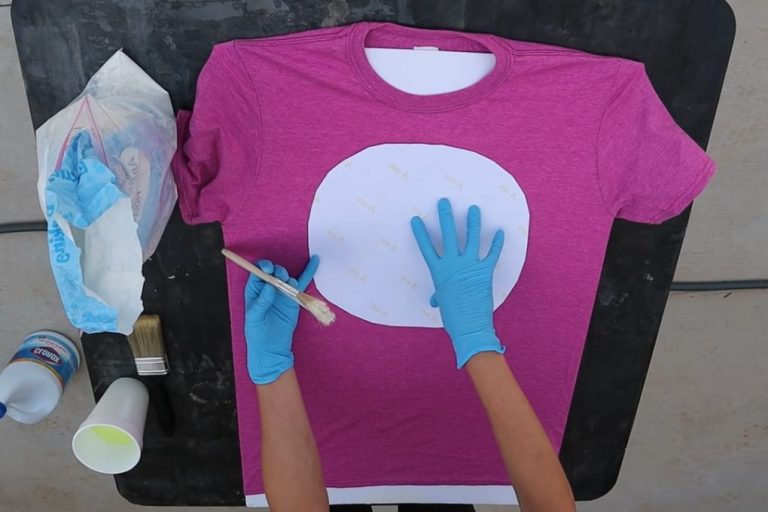
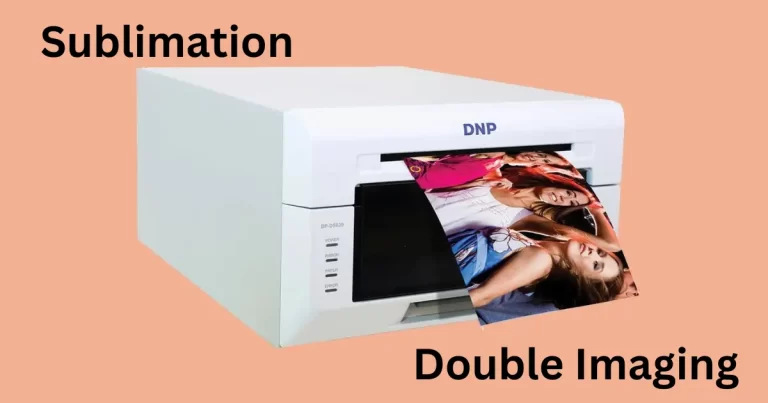
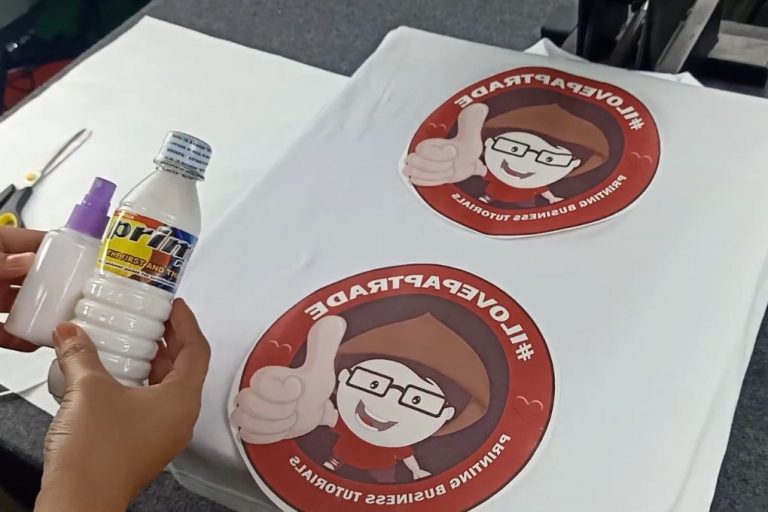

Where does one find a printer and cartridges that will print infusible ink transfers? It is mentioned in this article but I cannot find them anywhere!?!?
Yeah. it is mentioned in the article also here is the link from where we suggest Cartridges that will print infusible ink transfers.https://amzn.to/3wMDKQ4